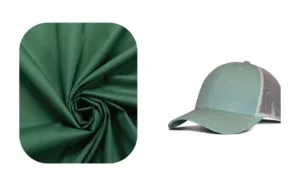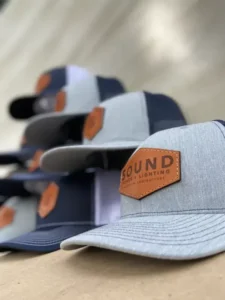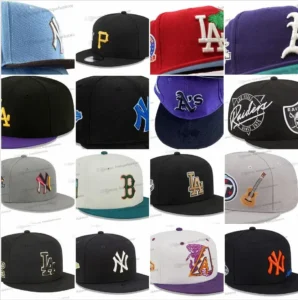Baseball caps are more than just trendy accessories — they’re cultural icons worn worldwide. Whether it’s a casual stroll, a sports event, or a fashion statement, the humble baseball cap has carved a permanent spot in wardrobes everywhere. But have you ever wondered where exactly these iconic hats are made? Understanding the global landscape of baseball cap manufacturing reveals fascinating insights about quality, craftsmanship, and innovation behind your favorite cap.
Baseball caps are primarily manufactured in countries like China, Bangladesh, Vietnam, and the USA, leveraging each region’s unique strengths in cost, technology, and sustainability. These hubs dominate production due to advanced facilities, skilled labor, and access to materials, shaping the market and consumer choices globally.
From traditional factories in Asia to eco-conscious production lines in North America, the journey of a baseball cap is a story of globalization, innovation, and changing consumer demands. Let’s dive deep to uncover where your next cap might come from—and why it matters.
1.What countries are the main producers of baseball caps?

China, Bangladesh, Vietnam, and the United States are the leading countries manufacturing baseball caps globally. Each plays a distinct role in volume, quality, and specialization.
- China: The Manufacturing Powerhouse China leads the world in baseball cap production, offering large-scale factories with advanced machinery and competitive pricing. Its robust supply chain for textiles and accessories makes it the go-to for bulk orders and OEM manufacturing. However, rising labor costs and environmental regulations are shifting some production elsewhere.
- Bangladesh: Emerging Low-Cost Leader Known primarily for garment manufacturing, Bangladesh is growing its footprint in headwear. Lower labor costs attract brands focused on affordability. The challenge remains improving infrastructure and quality consistency compared to more mature hubs.
- Vietnam: The Balance of Quality and Cost Vietnam has emerged as a key player combining skilled labor with improving technology. Factories here often focus on mid-to-high-end caps, serving brands that demand better quality without the high cost of Western production.
- United States: Quality and Customization Focus The US specializes in premium, small-batch, and customized caps. American factories leverage automation and strict quality standards. Sustainability and ethical labor practices are key selling points. Domestic production caters mostly to local markets and niche brands.
- Other Notables Countries like Mexico and India also contribute, particularly in regional markets or specialty caps (sports teams, promotional merchandise).
| Country | Strengths | Challenges | Market Focus |
|---|---|---|---|
| China | Scale, supply chain | Rising labor costs, regulation | Bulk OEM, global brands |
| Bangladesh | Low cost | Infrastructure, quality | Budget brands, mass market |
| Vietnam | Quality-cost balance | Developing tech & logistics | Mid-to-high-end brands |
| USA | Quality, customization | Higher cost | Premium, ethical, local |
| Mexico/India | Regional markets | Limited scale | Niche, regional products |
2.How do manufacturing processes differ between regions?
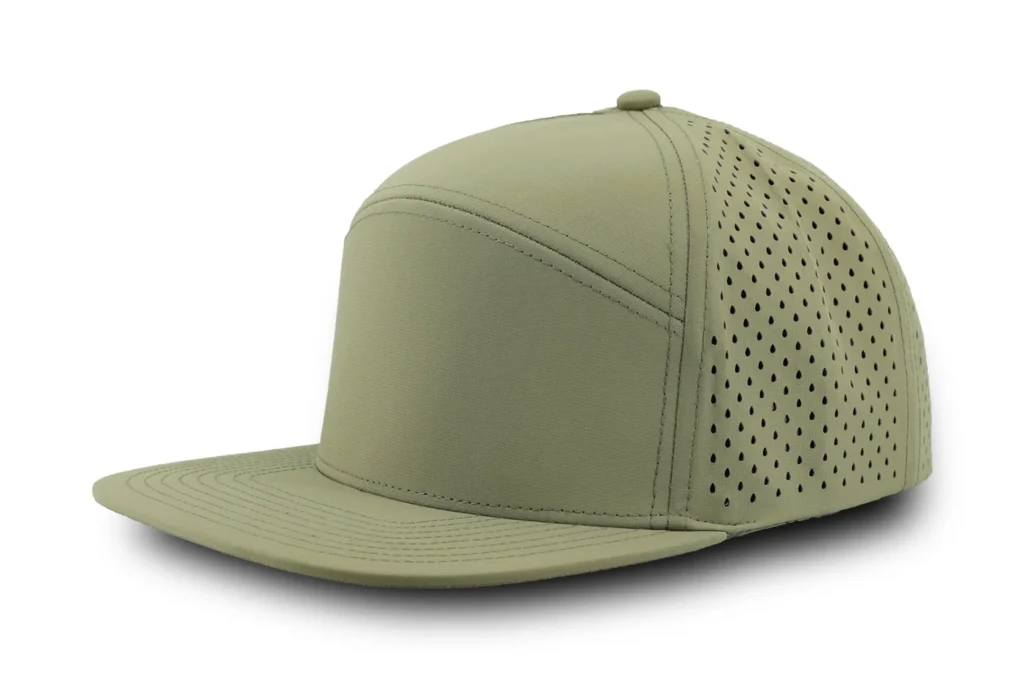
Manufacturing methods vary widely, influenced by technology adoption, labor skills, and environmental regulations in each region.
- China’s Automation and Scale Many Chinese factories use automated cutting and sewing machines to boost efficiency. High production volumes are supported by extensive workforce specialization—cutting, stitching, embroidery, and quality inspection operate like clockwork. The rapid turnaround suits large brand orders.
- Bangladesh’s Labor-Intensive Approach Compared to China, many Bangladesh factories still rely heavily on manual labor, especially for intricate stitching or quality checks. This labor-intensive approach keeps costs low but may impact speed and uniformity.
- Vietnam’s Hybrid Model Vietnamese manufacturers blend automation with skilled craftsmanship. Advanced embroidery machines and computerized cutters are common, but manual finishing preserves quality. This hybrid style helps meet increasing demand for premium products.
- USA’s High-Tech & Ethical Manufacturing In the US, precision cutting, computerized embroidery, and robotic assembly are increasingly standard. Factories emphasize minimal waste, quality checks at every stage, and fair labor practices, reflecting consumer demand for transparency and sustainability.
- Impact of Environmental Regulations Stricter regulations in developed countries push manufacturers to adopt cleaner dyes, water recycling, and energy-efficient machinery. This influences cost and production timelines but benefits brand reputation.
| Region | Technology Level | Labor Intensity | Environmental Focus | Production Speed |
|---|---|---|---|---|
| China | High | Moderate | Increasing | Very Fast |
| Bangladesh | Low-Moderate | High | Low-Moderate | Moderate |
| Vietnam | Moderate-High | Moderate | Growing | Moderate |
| USA | Very High | Low | High | Moderate |
3.Which materials are commonly used in baseball cap production?
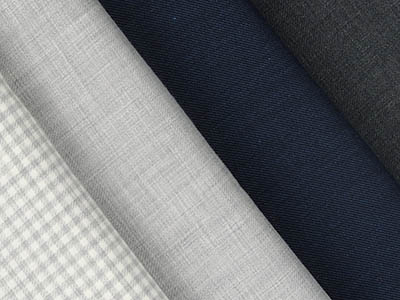
Baseball caps commonly use cotton twill, polyester, wool blends, and mesh, with materials varying by purpose and region.
- Cotton Twill: The Classic Choice Durable, breathable, and comfortable, cotton twill remains the favorite fabric worldwide. It’s widely available and versatile, suitable for casual and fashion caps alike.
- Polyester: Performance and Durability Polyester and its blends are popular for sports and outdoor caps due to moisture-wicking and quick-drying properties. These fabrics are especially prevalent in Asian factories focused on sportswear.
- Wool Blends: Premium and Traditional Wool or wool-poly blends cater mostly to cold-weather or premium caps. US and European manufacturers favor these for their luxurious feel and warmth.
- Mesh Panels: Breathability Mesh is a common choice for trucker caps, enhancing airflow. It’s a lightweight, synthetic fabric produced mostly in Asian factories specializing in casual headwear.
- Sustainable Materials on the Rise Organic cotton, recycled polyester, and hemp are gaining traction as environmental awareness grows. Some manufacturers in Vietnam and the US lead in adopting these eco-friendly materials.
| Material | Advantages | Typical Use Cases | Regional Popularity |
|---|---|---|---|
| Cotton Twill | Breathable, durable | Casual, fashion caps | Global |
| Polyester | Moisture-wicking, durable | Sports, outdoor caps | Asia-dominant |
| Wool Blends | Warm, premium feel | Cold weather, premium | US, Europe |
| Mesh | Breathable, lightweight | Trucker caps | Asia, North America |
| Sustainable Fabrics | Eco-friendly, trendy | All categories | US, Vietnam, Europe |
4.Do sustainable and eco-friendly practices impact baseball cap manufacturing locations?

Sustainability demands are reshaping manufacturing choices, influencing factories’ location and processes.
- Shifting Consumer Preferences Increasingly, brands and consumers prioritize eco-friendly production, pushing factories to source organic fabrics, reduce waste, and improve energy efficiency.
- Eco-Friendly Factories in Developed Countries US and European factories often lead in adopting sustainable methods due to stricter regulations and higher consumer expectations. These include renewable energy use, water recycling, and non-toxic dyes.
- Sustainability in Asia Leading Asian manufacturers, especially in Vietnam and parts of China, are gradually incorporating green technologies. Certifications like OEKO-TEX and GOTS are becoming common, but implementation varies.
- Cost vs. Sustainability Tradeoff Sustainable production typically raises costs, leading some brands to balance ethical concerns with pricing pressures by mixing production across regions.
- Innovations Driving Change New materials like recycled plastics and hemp blends, plus zero-waste cutting techniques, enable factories worldwide to reduce environmental impact without sacrificing quality.
| Factor | Developed Regions | Developing Regions | Challenges |
|---|---|---|---|
| Consumer Demand | High | Growing | Awareness and affordability |
| Certification Adoption | Widespread | Partial | Cost and infrastructure |
| Technology Investment | High | Moderate | Capital access |
| Cost Impact | Higher production costs | Price sensitivity | Balancing cost and ethics |
5.Is quality control consistent across baseball cap manufacturers worldwide?
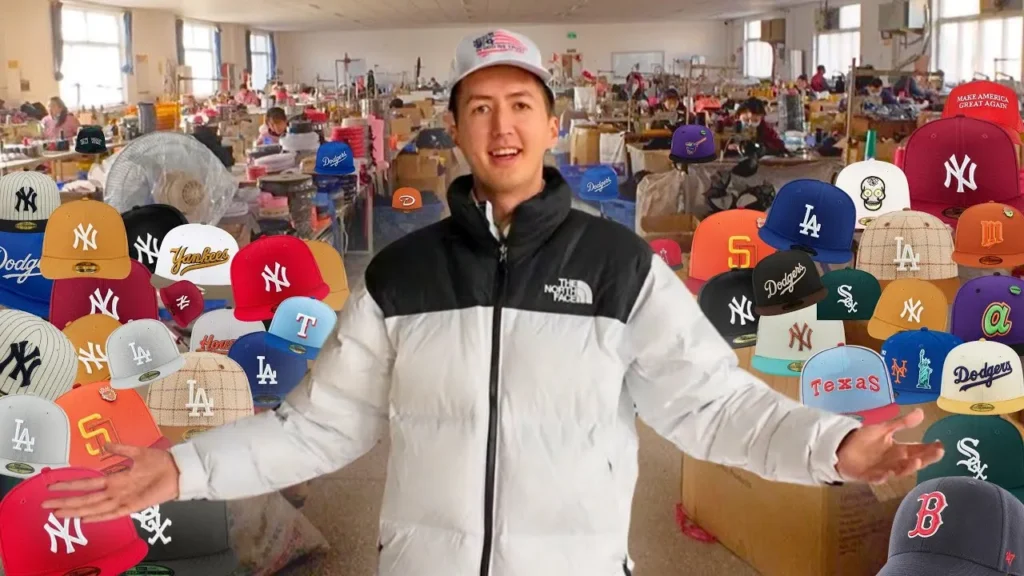
Quality standards vary but are increasingly harmonized through certifications and buyer requirements.
- Role of Certifications Many factories follow ISO standards and third-party inspections (e.g., SGS, Intertek) to ensure consistent quality. These certifications are prerequisites for working with international brands.
- Factory-Level Differences High-end manufacturers in the US and Vietnam implement rigorous checks at every stage, while some low-cost factories may have looser controls, impacting defect rates.
- Brand-Driven Quality Global brands enforce strict quality guidelines regardless of location. Factories producing for premium brands must meet exacting standards or risk losing contracts.
- Technology’s Role Automated defect detection and digital tracking improve quality consistency. Leading factories invest heavily in such tech.
- Challenges in Supply Chains Subcontracting and multiple-tier suppliers can cause quality variance. Transparency and audits help mitigate risks.
| Quality Aspect | US & Europe | Asia (China, Vietnam) | Bangladesh & Others |
|---|---|---|---|
| Inspection Rigour | High | Medium-High | Medium |
| Certifications | Common | Increasingly common | Less common |
| Automation | Advanced | Growing | Limited |
| Brand Compliance | Strict | Strict (for big brands) | Varies |
| Defect Rate | Low | Medium | Higher |
6.How do trade policies and tariffs affect baseball cap manufacturing and sourcing?
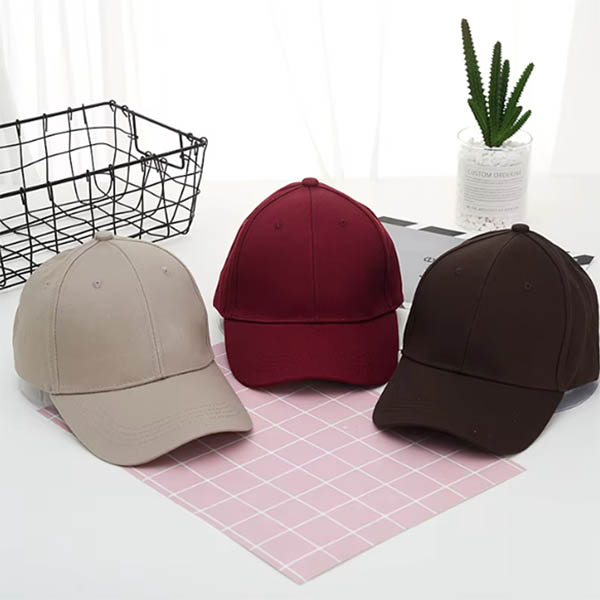
Trade policies and tariffs heavily influence where and how brands source their baseball caps.
- Tariffs Shaping Production Decisions Import duties can make manufacturing in certain countries less competitive, pushing brands to diversify or relocate production to tariff-favorable regions.
- US-China Trade Tensions Recent tariffs and trade restrictions have prompted some brands to shift orders from China to Vietnam or Bangladesh, seeking cost savings and supply chain resilience.
- Free Trade Agreements Agreements like USMCA (North America), ASEAN Free Trade Area, and others encourage sourcing within member countries by reducing tariffs.
- Logistics and Shipping Costs Beyond tariffs, shipping delays and cost volatility impact sourcing decisions, pushing brands closer to end markets or to countries with better logistics.
- Risk Management Through Diversification To avoid disruption, brands increasingly adopt multi-country sourcing strategies, balancing cost, quality, and compliance.
| Trade Factor | Impact on Manufacturing Location | Brand Strategy Response |
|---|---|---|
| Tariffs | Shift from high-tariff countries | Diversify sourcing |
| Trade Tensions | Uncertainty and delays | Increase local sourcing |
| Free Trade Agreements | Favor regional production | Regionalize supply chains |
| Logistics Costs | Push to nearer markets | Nearshore manufacturing |
| Risk Management | Avoid sole dependency | Multi-country sourcing |
Ready to Source Your Custom Baseball Caps with Kinwin?
At Kinwin, we combine over a decade of expertise in hat manufacturing with advanced equipment and strict quality controls to deliver eco-friendly, durable, and stylish baseball caps tailored to your brand’s needs. Whether you’re looking for bulk production in Asia or customized small runs with sustainable materials, our team is ready to assist.
Contact us today to request a quote and start your personalized baseball cap journey with Kinwin — where quality meets innovation and sustainability.



